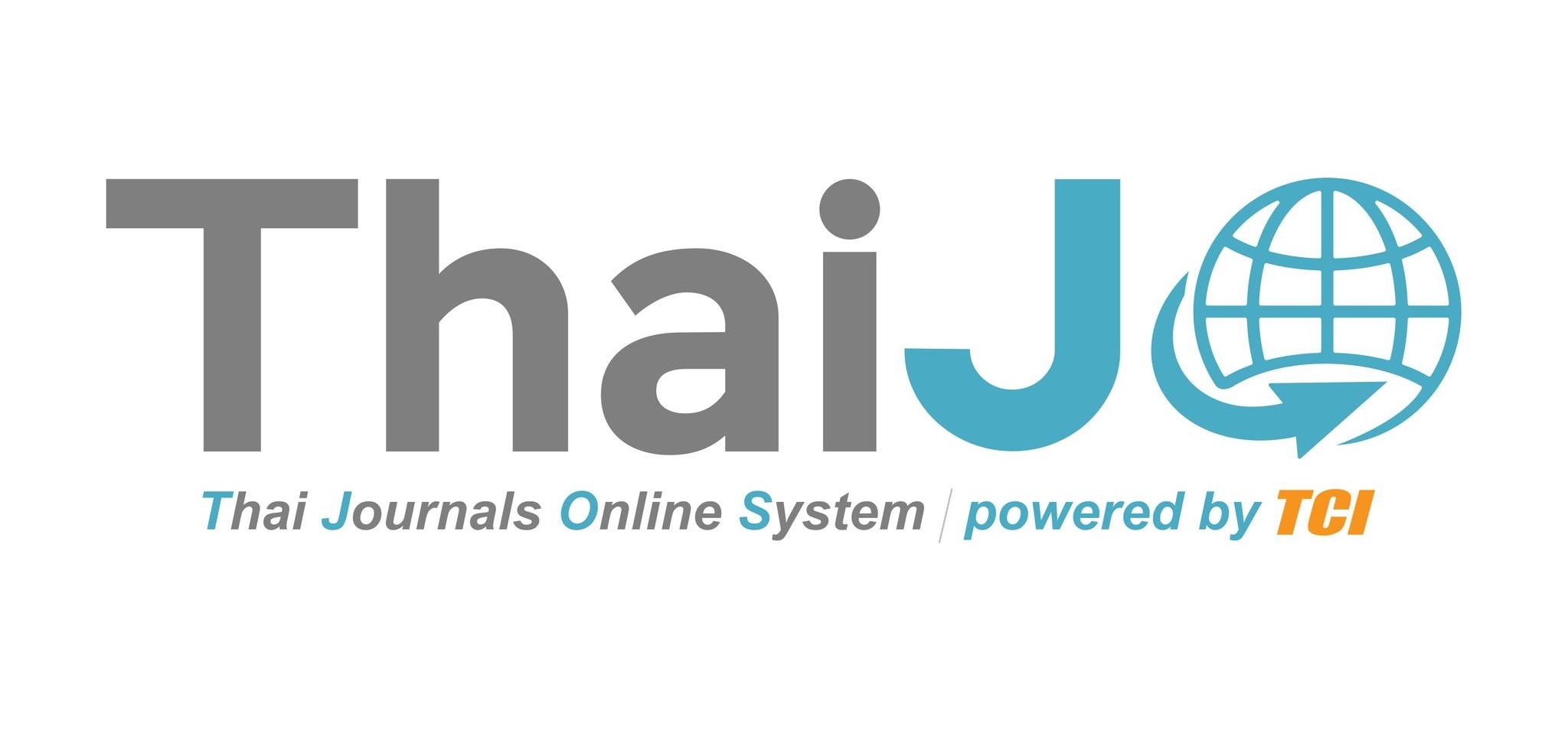Rediscovering Eastern Region of India through India’s Act East Policy
คำสำคัญ:
Dependency Syndrome, Geopolitics, Underdevelopment, Five Year Plan, Comparative Advantage Defiance, Look East Policyบทคัดย่อ
The north eastern region of India is a resource rich backward region. What stands out in the development narrative of India is the inability of the state to restore the dynamism and vibrancy of the region at the time of independence. Partition of British India into India and Pakistan in 1947 led to complete dislocation of traditional routes of trade and commerce developed over centuries. The emergence of international borders compelled the people to use much longer routes which rendered most of the economic activities highly uncompetitive. The region which started with only 3 states now has 8 states and there is a clamour for more states. The region has been bypassed by economic development. India’s Look East Policy (LEP) aroused lots of optimism as it would lead to rediscovery of the self. Not only it would lead to reopening of the traditional routes, it will also give the region access to a dynamic fast growing market. When LEP was initiated in the early 90s because of geo politics, India’s LEP had little northeast content. Today, geopolitics is giving this region a much bigger role in India’s renewed attempts to participate more meaningfully in the Asian century.
เอกสารอ้างอิง
Goswami , H (2013), “Transport Connectivity and Border Trade of the North Eastern Region,” in M.C.Behera (ed) “Northeast and Globalisation Issues Betwixt and between,” DVS Publishers, Guwahati, pp 69-77
Kimura, F. & So Umezaki (ed) (2011), “ASEAN-India Connectivity: The Comprehensive Asia Development Plan,” Phase II ERIA Research Project Report 2010, No.7.
Lall, Marie (2008), “India Myanmar relations –geopolitics and energy in light of the new balance of power in Asia,” ISAS working paper no.29; Jan.
Madhav, J. (1999), “North East: Crisis of Identity, Security and Underdevelopment,” Economic and Political Weekly, Feb, 6.
Muni, S.D. (2013), “India’s “Look East’ policy: the strategic dimension,” in D’Souza, Shanthie Mariet & Rajshree Jetly (ed) “Perspectives on South Asian security,” World Scientific
North Eastern Council (2008) “North Eastern Region Vision 2020,” North Eastern Council
Rao, M. Govinda (2009) “Promoting Trade and investment in India’s North eastern Region” ADB WPS on regional Economic Integration No.30
RIS (2011), “Expansion of North east India’s Trade and Investment with Bangladesh and Myanmar: An Assessment of the opportunities and constraints,” Research and Information System for Developing Countries, Ministry of Development of North Eastern Region, North Eastern Council
Sachdev, G. (2012), “Preparing the North east for ASEAN Linkage” in Lianzela, Ratna R.S., & Vanlalchhawna (ed) “India-ASEAN Economic Integration: Opportunities and Challenges for India’s North East,” Macmillan.
Sarma, A. (2013), “The North east as gateway to South-East Asia: Big Dream and Home truths,” in M.C. Behera (ed) “Northeast and Globalisation Issues betwixt and between,” Guwahati: DVS Publishers.
Thant Myint-U (2011), “Where China meets India: Burma and the new crossroads of Asia,” Faber & Faber.
The Economist (2012), “Myanmar: White elephant or new tiger economy? Executive summary” Economist Intelligence Unit
Upadhyay, V. (2013), “Looking beyond the borders: globalization and development of North east India,” in M.C.Behera (ed) “Northeast and Globalisation Issues Betwixt and between,” DVS Publishers, Guwahati.







